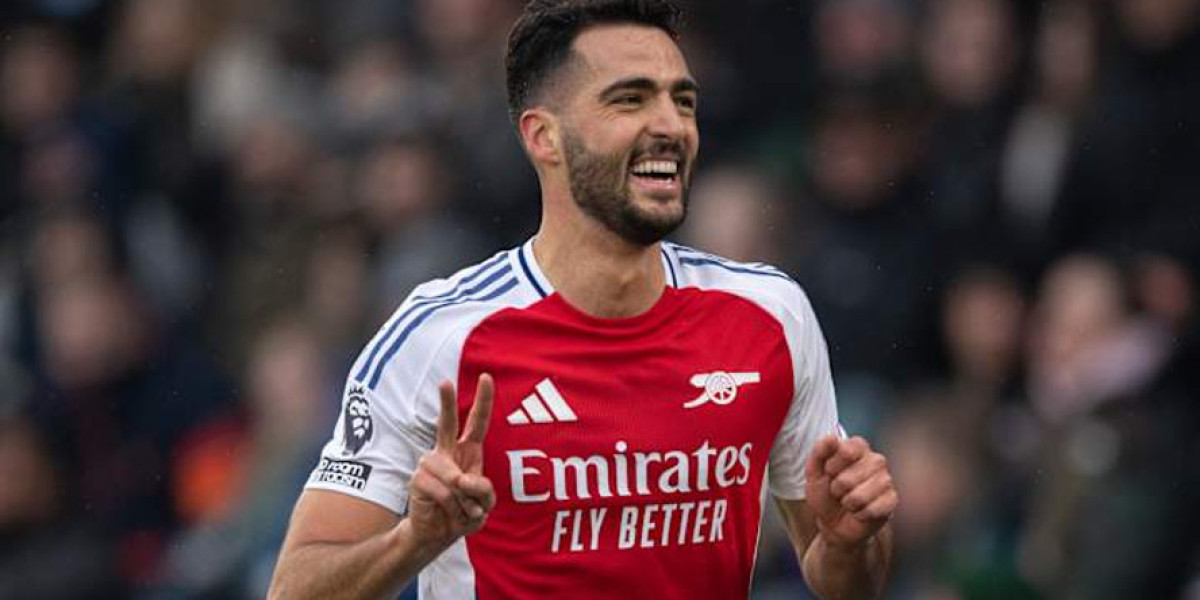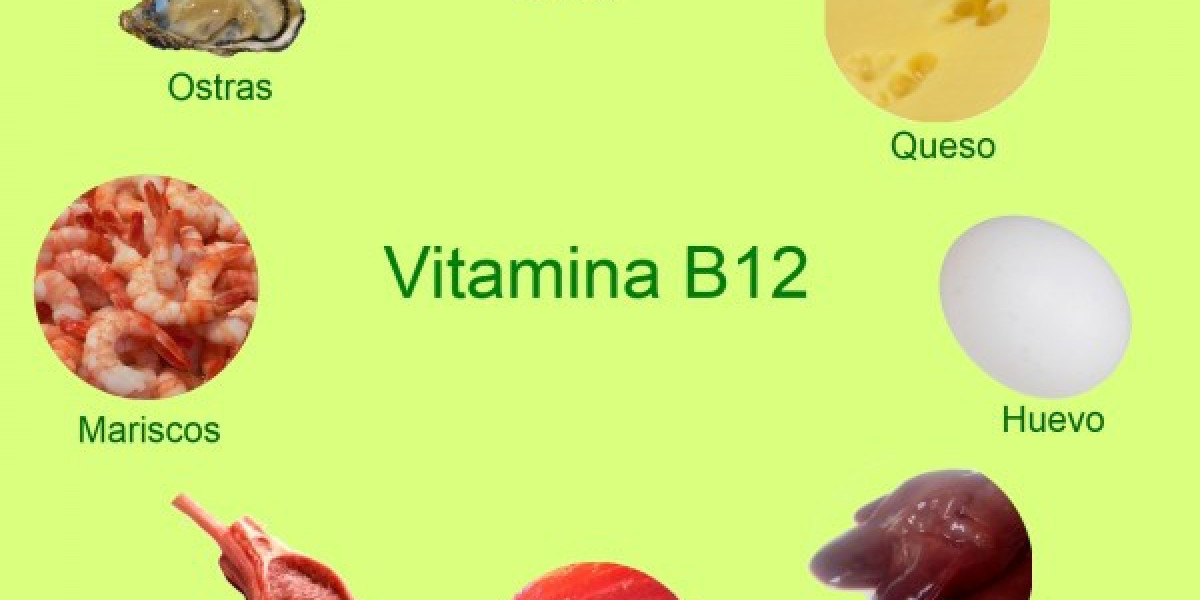The first time a new driver has a driving experience is exciting. The Graduated License Law governs the requirements and steps that must be followed in order to obtain a driving license.
First, drivers who are under 18 must pass a written test and an eye test. They must also complete a driver education course approved by the state, and keep track of the hours they practiced in.
Permit
The learner's permit is an essential step in obtaining your full driving license. It allows you to drive under the supervision and guidance of a licensed driving instructor for a specified period of time. It typically ranges between six months and a year. The driver who is licensed must obey the restrictions listed on the card, including the times they can drive and the number of people who are allowed to travel with them.
The process of getting an learner's license involves the fulfillment of eligibility requirements, scheduling tests and completing them. The requirements vary by state. In New York for example, applicants must fill out an application form (MV-44) and provide proof of their date and identity, and have a guardian or parent sign the form. The DMV requires additional identification, such as passports or military IDs. Having all of this documentation ready before going to the DMV will prevent any unnecessary delays while you work towards getting your permit.
The DMV will issue you a learner's certificate once you have completed the written and visual assessment. During the assessment you will have to read letters and numbers while covering one eye. You will also need to examine a series of shapes, and follow the directions of the DMV staff. If you are required, you may wear glasses or contact lenses during the test.
The written and visual tests are conducted at the DMV offices and this is where you'll also be able to pay your fee. If you pass the test, your official permit will be sent to you in the mail. Keep your permit with you whenever you drive and be sure to follow the rules that apply to it at all times.
Intermediate License
You may apply for an intermediate driving license if have successfully completed the duration of supervised driver (instruction permit) and passed the written test. The test is comprised of 20 multiple-choice questions pertaining to traffic laws regulations, rules, and signs. To pass, you must correctly answer 14 out of 20 questions. You should practice the test to ensure you are familiar with the subject matter. To help you prepare, also go through the Driver's Manual.
The next step is the road test. It's an exercise in driving that demonstrates your ability to drive safely in a variety of conditions. You will be asked to demonstrate basic maneuvers such as backing up by turning left and right, and driving up to 60 miles per hour. You'll also need to demonstrate your ability to handle a car with various types of loads, including passengers and emergency situations.
After passing the test, you'll get a temporary photo driver's license that you'll keep until your full license arrives in the mail. If you fail the test you'll receive a feedback note from your examiner. This will contain suggestions on how to improve your driving abilities. You can take it again for as many times as like.
New York State's Graduated License Law places special restrictions on teens who drive. These restrictions differ based the location you reside in - Upstate (Upstate), NYC and Long Island.
If you hold an intermediate driving license in NYC, for example you must be accompanied when driving by a licensed motorist of at least 25-years-old, unless you are going directly to work or school. If you have an intermediate license in NYC it also means that you'll be limited to the number passengers you are allowed to take. The restrictions are designed to reduce distracted driving by teens that have been shown to be among the top causes of teenage crashes and deaths. This is a positive thing for everyone who drives on the roads.
Restricted License
In some cases, the suspension of a driver's licence could be due to an alcohol-related or drug-related offense such as DUI or DWI. Other reasons could be refusing to submit to a breathalyzer or blood test or accruing a large number of points on your driving record. In these situations, drivers who wish to drive during the suspension period might be eligible to be granted restricted license. The procedure to obtain an restricted driving license varies from state to state. The driver must show that not being able to drive will place them under an undue burden. This means that the driver has to give a valid reason for their decision, such as being unable to take public transportation or attend class.
 The conditions and terms of a restricted license differ according to the state, but common restrictions include the prohibition of driving to or from recreational or social gatherings driving within certain towns or municipalities, or driving for purposes not related to the maintenance of the household (i.e. Grocery store or gas station, pharmacy or. Drivers on a restricted license will also be required to install and maintain an ignition interlock device inside their vehicle to ensure that they are not driving while under the influence of alcohol or other drugs.
The conditions and terms of a restricted license differ according to the state, but common restrictions include the prohibition of driving to or from recreational or social gatherings driving within certain towns or municipalities, or driving for purposes not related to the maintenance of the household (i.e. Grocery store or gas station, pharmacy or. Drivers on a restricted license will also be required to install and maintain an ignition interlock device inside their vehicle to ensure that they are not driving while under the influence of alcohol or other drugs.It is crucial that drivers who are considering applying for a limited license understand that they must adhere to the rules and regulations laid in the program. If they violate these rules, then they may face additional fines and/or have their restricted licence france Xpress revoked.
It is not the best option for those who can't afford to lose their car. Carpooling, hiring a friend or loved one to drive, or taking alternative transportation are great options to travel around in the event that your license is suspended.
If you've been arrested for DUI If you have been charged with DUI, a licensed New York traffic hearing lawyer can help you determine whether or not you're qualified for restricted licenses, and assist you in the process of obtaining your full driving privileges restored. Contact us today to learn more about our services.
Full License Full
As you get more driving experience and prove that you've mastered the skills necessary to safely drive on your own, you'll work towards getting a full license. In the US it's called the Driver's License. You'll have to pass a written and an examination for driving. You'll also need evidence of your age and have a clean driving history in order to obtain this license. You can prepare for the test by attending a pre-licensing course or driving education. You should also practice under supervision before the test.
The process for obtaining an official driver's license is different by state, however most have a graduated licensing law. This includes the enactment of a number of restrictions, including the limit on the number of passengers that can be accommodated and when you are allowed to drive. Also, it sets the curfew. These restrictions are intended to give new drivers the chance to gain experience and prove that they are capable of driving a car.
You can obtain a Class D license (Junior driver) in New York at 16 years old, if you can take a test that is specific to you and meet a set of requirements. This license is restricted, and only allows you to drive passenger vehicles that have an approved gross vehicle rating. It does not allow you to drive commercial vehicles or vehicles with trailers.
New York also offers an Enhanced Driver's License. It's similar to a regular driver's licence, but is valid for travel within Canada and Mexico and demonstrates your citizenship and nationality in addition to driving privileges. You must be a US citizen and possess an official passport from the United States to qualify for an enhanced license.
There are other classes of licenses for those with special needs. For example the A B, C and A Commercial Driver's Licenses (CDLs) for those who wish to operate commercial vehicles. There is also Class E licenses that are limited to drive passenger cars with a an overall vehicle weight of less than 26,000 lbs, and Class M – for motorcycles.







